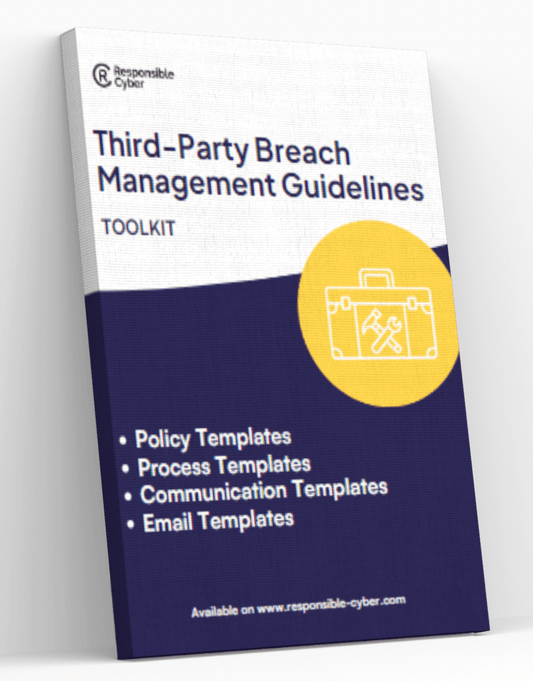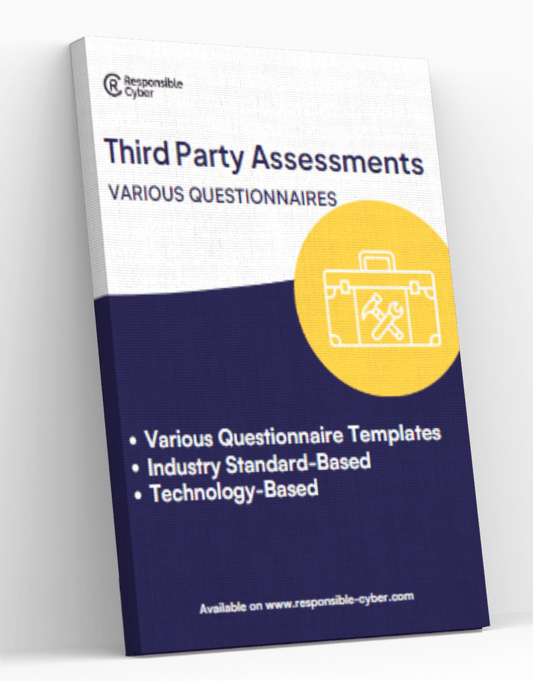What is a TPRM solution?

In today's interconnected business environment, organizations increasingly rely on third parties such as suppliers, vendors, and contractors to fulfill essential services and functions. While these relationships can drive efficiency and growth, they also introduce a variety of risks ranging from security breaches to compliance failures. Third-Party Risk Management (TPRM) is a strategic approach to identifying, analyzing, and mitigating risks associated with external entities that a business is reliant upon.
Why TPRM is Essential
Third parties often have access to an organization’s sensitive data, intellectual property, or critical infrastructure, making them a potential vulnerability if not properly managed. The significance of TPRM has been highlighted by various high-profile incidents where data breaches or compliance issues originated from third-party vendors. Consequently, TPRM is not just a risk management necessity but also a regulatory requirement in many industries.
Components of a TPRM Solution
A robust TPRM solution comprises several key components:
-
Risk Identification and Assessment: This involves determining which third parties pose the greatest risk to an organization’s security and compliance posture. Techniques such as tiering third parties based on the extent of their access to sensitive data or their impact on business operations are common.
-
Due Diligence and Continuous Monitoring: Initial due diligence checks are crucial, but continuous monitoring ensures that the risk levels associated with third parties are managed throughout the lifecycle of the relationship. This includes regular audits, real-time threat intelligence, and performance assessments.
-
Contract Management: Effective contract management ensures that all agreements with third parties explicitly define the responsibilities and expectations related to risk management. This includes compliance with relevant regulations, data protection standards, and the right to audit clauses.
-
Incident Management and Response: A TPRM solution must have protocols in place to quickly address any issues that arise from third-party activities. This includes breach notification procedures and remediation steps.
-
Technology and Automation: Leveraging technology solutions can enhance the efficiency and effectiveness of TPRM processes. Automated tools can help in continuously monitoring third-party risks, managing contracts, and maintaining documentation.
Implementing a TPRM Solution
Implementing a TPRM solution involves several steps:
-
Executive Buy-in and Policy Development: The first step is gaining executive support and establishing clear policies that outline the scope and objectives of the TPRM program.
-
Inventory of Third Parties: Organizations must maintain an up-to-date inventory of all third-party engagements across the enterprise. This includes categorizing each based on the risk they pose.
-
Risk Assessment Framework: Developing a framework for assessing third-party risk that includes identifying, analyzing, controlling, and monitoring risks.
-
Integration with Enterprise Risk Management: TPRM should not operate in isolation but be integrated with the broader risk management processes of the organization.
-
Training and Awareness: Training staff to understand the risks associated with third-party relationships and the importance of compliance with TPRM policies is crucial.
Challenges in TPRM
Despite its importance, TPRM implementation faces several challenges including complexity of third-party networks, the dynamic nature of risk, and resource constraints. Effective TPRM requires not only a systematic approach but also a culture of risk awareness throughout the organization.
Conclusion
As third-party ecosystems grow in size and complexity, the need for sophisticated TPRM solutions becomes more critical. By effectively managing third-party risks, organizations can not only protect themselves against significant threats but also ensure compliance with regulatory requirements, thereby safeguarding their reputation and long-term success.
By leveraging a TPRM platform and following the step-by-step guide outlined above, organizations can effectively manage contractor risk and minimize potential threats. Don't let contractor risk management become a liability – take proactive steps today to protect your organization's future.







